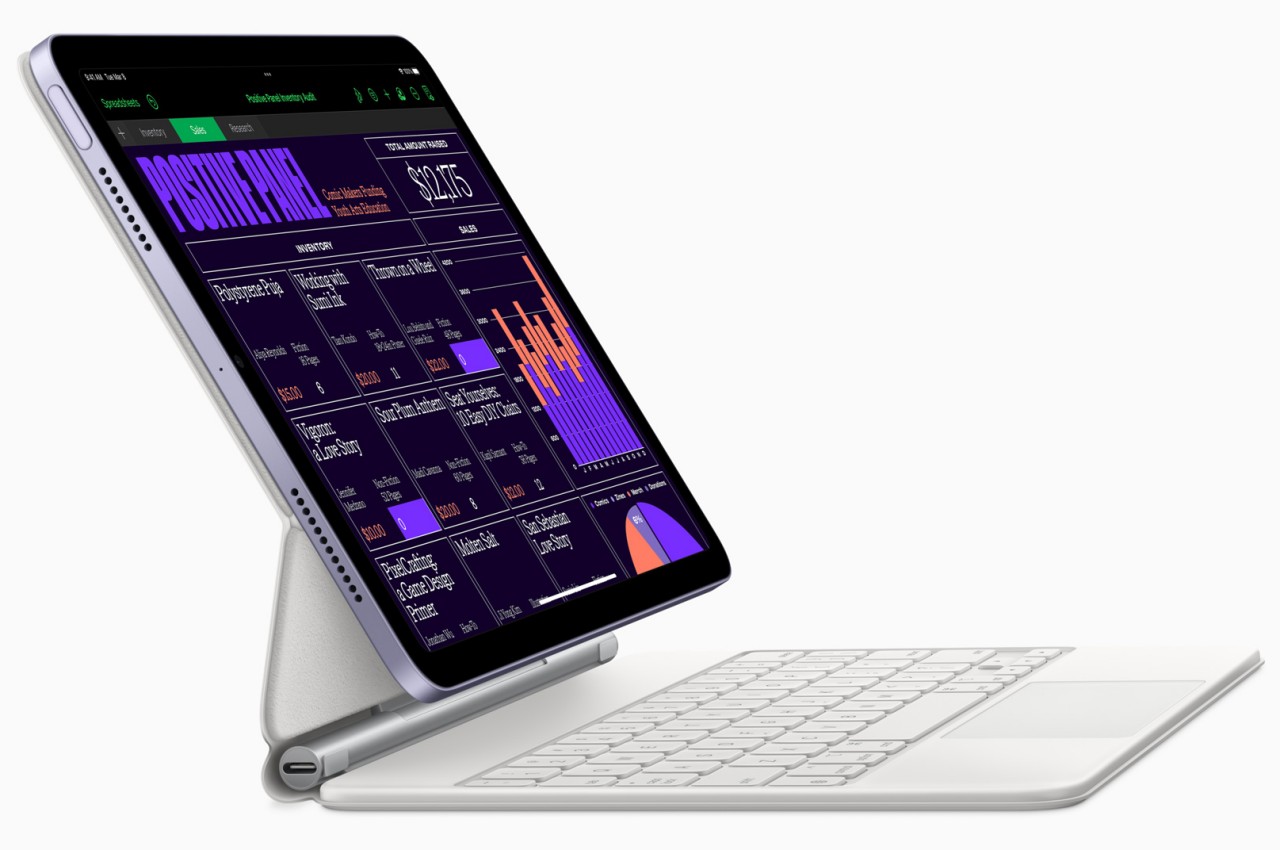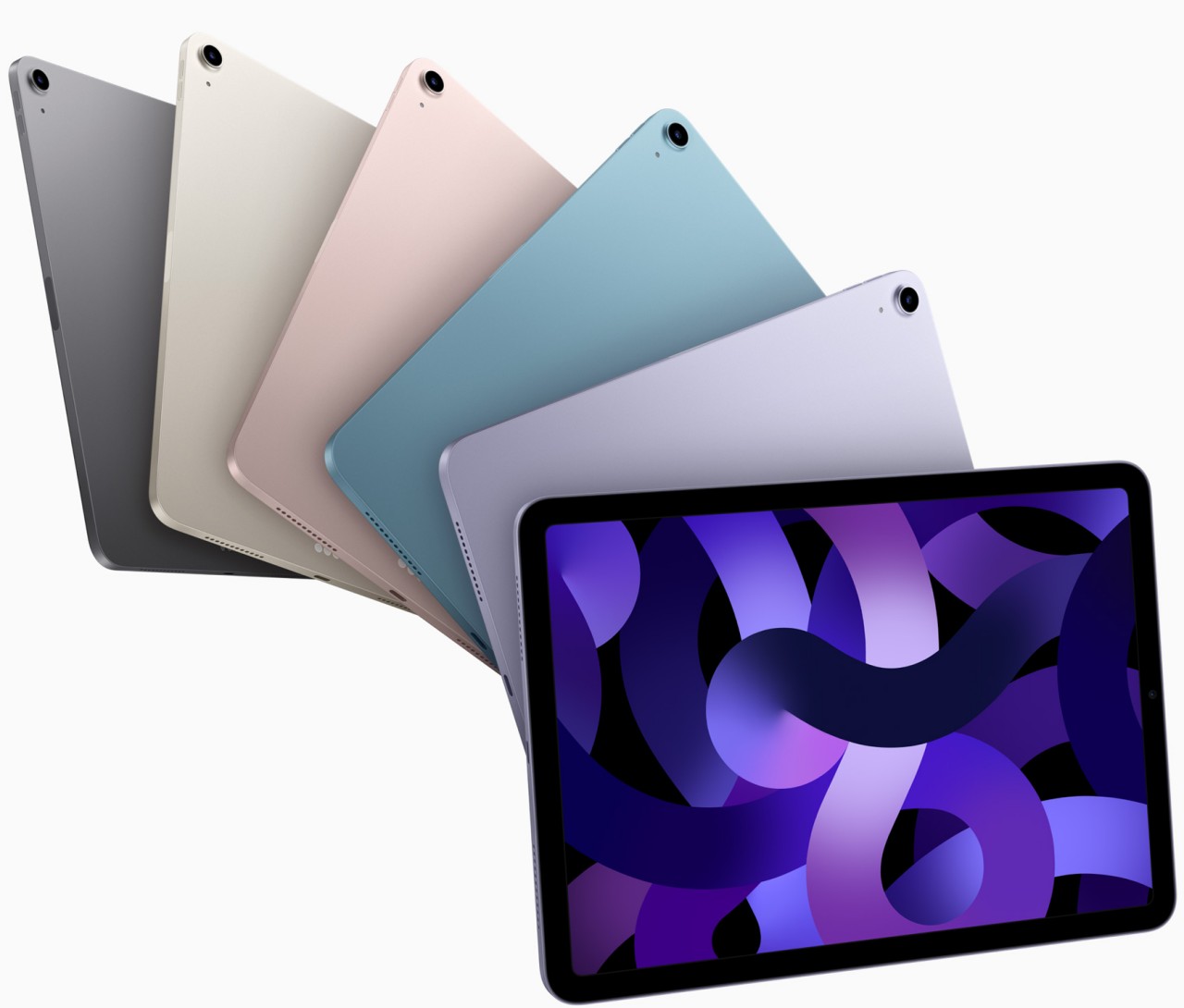Meta has been fighting upcoming regulations in the European Union's Digital Markets Act (DMA) for months, but no more. The company has announced it will comply with the DMA's stipulation that it can't favor its own services or force users to remain inside its ecosystem. This decision will greatly impact Meta's user experience in the EU, including allowing people to utilize Messenger and Facebook Marketplace without a Facebook account. Meta previously filed an appeal arguing that the two platforms should not be included under the DMA.
Giving in means that Messenger and Facebook Marketplace users in the EU can now use the services and all of their functions through standalone accounts. The only difference for Marketplace is that conversations will occur over email. Along with Facebook Marketplace and Messenger, the European Commission's regulations on Meta include Facebook, Instagram, WhatsApp, and Meta ads. For example, users can now keep their Facebook and Instagram accounts separate instead of linking information between the two platforms.
The European Commission initially designated six companies as "gatekeepers" under the DMA: Alphabet, Amazon, Apple, ByteDance, Meta and Microsoft. There are 22 core platform services between them that fall under the law's jurisdiction due to factors like users, revenue and valuation. Qualification also hinged on "if they provide an important gateway between businesses and consumers in relation to core platform services." ByteDance and Apple are among the other companies which have pushed back against the DMA's regulations ahead of its March 2024 enforcement. However, Google (owned by Alphabet) recently announced that users could stop its platforms like YouTube and Chrome from sharing data.
This article originally appeared on Engadget at https://www.engadget.com/meta-is-letting-users-uncouple-messenger-and-marketplace-accounts-in-the-eu-115556543.html?src=rss












